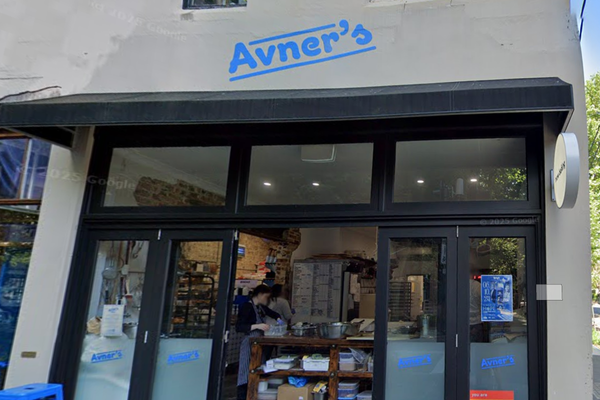As you walk into any venture capital office in Silicon Valley, chances are you’ll find a familiar setting: slick pitch decks stacked neatly atop the desks of conference rooms. Even as the tech industry presses ahead with digital transformation, physical booklets are still a fixture at high-stakes investor meetings.
That’s because no screen can replicate the impact of something physical materials can.
This is not nostalgia, or resistance to change. Tech executives have found out what their industries were built on. There’s no beating physical materials for results that screens can’t match.
The psychology behind paper in a digital world
Studies out of neuroscience reveal that people retain more when they read on paper than on screens. A study released in the journal Frontiers in Psychology on blinded 60 test takers to measure reading comprehension and retention across three conditions: with a good old-fashioned book, an ereader and on a tablet. For entrepreneurs who are trying to raise millions of dollars, this mental edge can make all the difference.
When founders hand out print booklets during their investor presentations, they are exploiting what the behavioral economists call “physical presence bias.” Investors can go through page manually and annotate things that needs to be revisited again without requiring searching for the files. This physicality forms a more intimate relationship with the content..
What are the benefits of printed booklets
Tech companies publish guides for a number of strategic reasons aside from basic memorability. The printed word is an indication of preparation and professionalism. Coming with custom-printed presentation booklets shows that founders have put time and money into their pitch, and they’ll bring the same diligence to running their company.
Second, quality booklets printed from reliable services like HelloPrint eliminate technical failures. Every speaker knows the frustration of a projector that won’t work or a file that can’t be opened or an Internet connection that is suddenly severed. Printed collateral ensures there's no need for ready Internet access in order to deliver your message.
Third, investors can write notes on the printed page while attending a presentation. That active engagement helps them stay engaged and gives me feedback on the spot through their body language and what they’re writing down, signals that presenters miss when everyone stares at their own screens.
How can you implement a digital-physical hybrid strategy
Smart tech companies aren’t choosing between digital and print; they’re deploying both as part of a strategy. Most of the time you slide read off something for maximum visual punch and hand out a printed report that includes supplementary financial information, technical grounds, appendices and other stuff that clutter slides but would make a deeper search more productive later.
HelloPrint, a quality printing provider has noticed the recent surge in booklet printing orders from tech companies have raised substantially over the past two years showing that customers want premium finishing and binding type options to match their brand level of quality.
What makes investor booklets effective
The best performing investor booklets have a great deal in common. They are brief, usually 12-20 pages in length, with an uncluttered visual hierarchy that takes readers through complex information. They keep your entire story, but honor investors’ limited time.
Tech founders now often work with designers who are familiar with digital and print needs and make materials that might look sharp online but truly shine when printed.
In an age of digitization, tech companies have paradoxically rediscovered the competitive edge of something you can hold in your hands.







